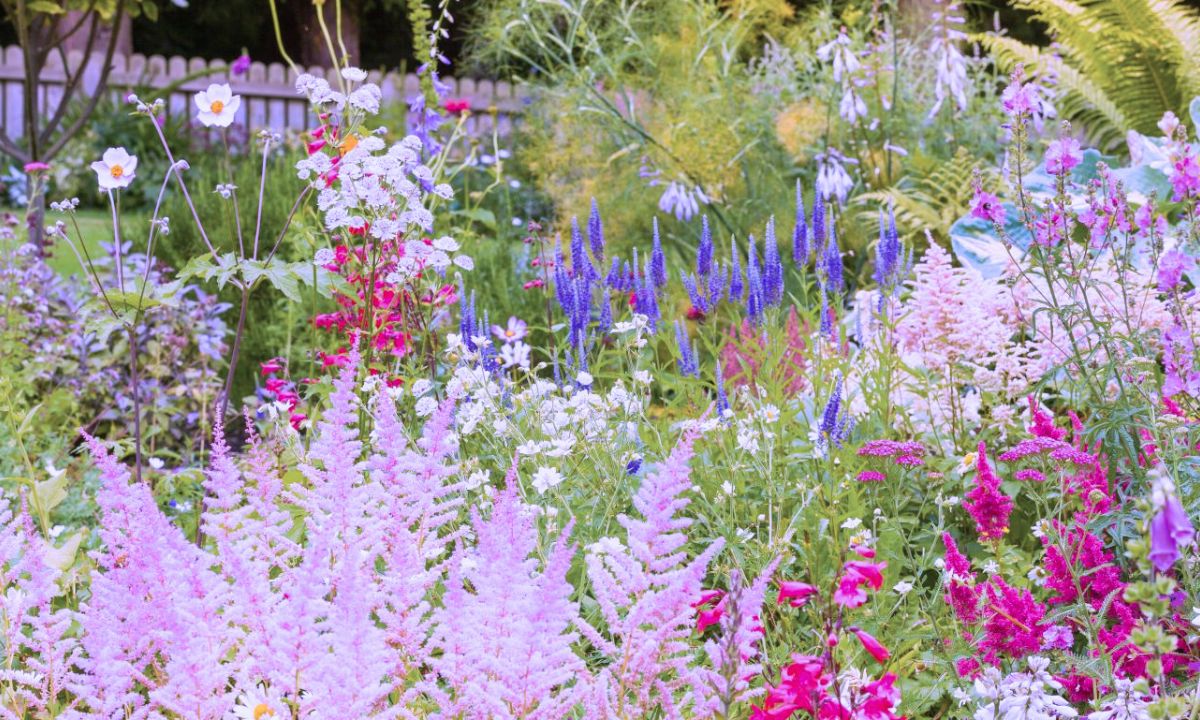Introduction
In today’s world, where environmental concerns are paramount, creating an eco-friendly garden at home is not only a delightful hobby but also a significant contribution to sustainability. An eco-friendly garden promotes biodiversity, conserves resources, and reduces your carbon footprint. Here are some tips to help you cultivate a garden that harmonizes with nature.
Choosing Native Plants
Selecting native plants is the cornerstone of an eco-friendly garden. Native plants are well-adapted to the local climate, soil, and wildlife, requiring minimal maintenance and resources. They also provide habitat and food for native insects, birds, and other wildlife, thus enhancing biodiversity. Research the native plants in your region and incorporate them into your garden to create a thriving ecosystem.
Water Conservation Techniques
Water conservation is essential for sustainable gardening, especially in regions prone to drought. Implementing water-saving techniques such as drip irrigation, rainwater harvesting, and mulching can significantly reduce water consumption in your garden. Drip irrigation delivers water directly to the roots of plants, minimizing evaporation and runoff. Rainwater harvesting involves collecting rainwater in barrels or cisterns for later use in the garden. Mulching helps retain soil moisture, suppresses weeds, and improves soil health.
Composting and Soil Health
Building healthy soil is fundamental to an eco-friendly garden. Composting kitchen scraps, yard waste, and other organic materials enriches the soil with nutrients and enhances its structure. Compost also helps retain moisture and suppress diseases, reducing the need for synthetic fertilizers and pesticides. Additionally, avoid tilling the soil excessively, as it disrupts soil structure and releases carbon into the atmosphere. Instead, practice no-till gardening methods such as lasagna gardening or sheet mulching to preserve soil health.
Natural Pest Control
Chemical pesticides not only harm beneficial insects and wildlife but also pose risks to human health and the environment. Embrace natural pest control methods to manage pests effectively while minimizing ecological impact. Encourage natural predators such as ladybugs, lacewings, and birds by providing habitat and avoiding the use of broad-spectrum pesticides. Planting companion plants that repel pests or attract beneficial insects can also help maintain a healthy balance in your garden.
Sustainable Garden Design
Thoughtful garden design plays a crucial role in creating an eco-friendly garden. Opt for permaculture principles such as polycultures, companion planting, and food forests to maximize productivity and ecological resilience. Incorporate hardscaping elements such as permeable paving, rain gardens, and green roofs to manage stormwater runoff and reduce erosion. Designing a garden that mimics natural ecosystems not only enhances biodiversity but also creates a visually appealing and functional space.
Conclusion
Creating an eco-friendly garden at home is a rewarding endeavor that benefits both the environment and your well-being. By choosing native plants, conserving water, enriching soil health, practicing natural pest control, and embracing sustainable garden design principles, you can cultivate a thriving garden that nurtures both flora and fauna. Let your garden be a sanctuary of sustainability, where every leaf, flower, and creature coexists in harmony with nature.



